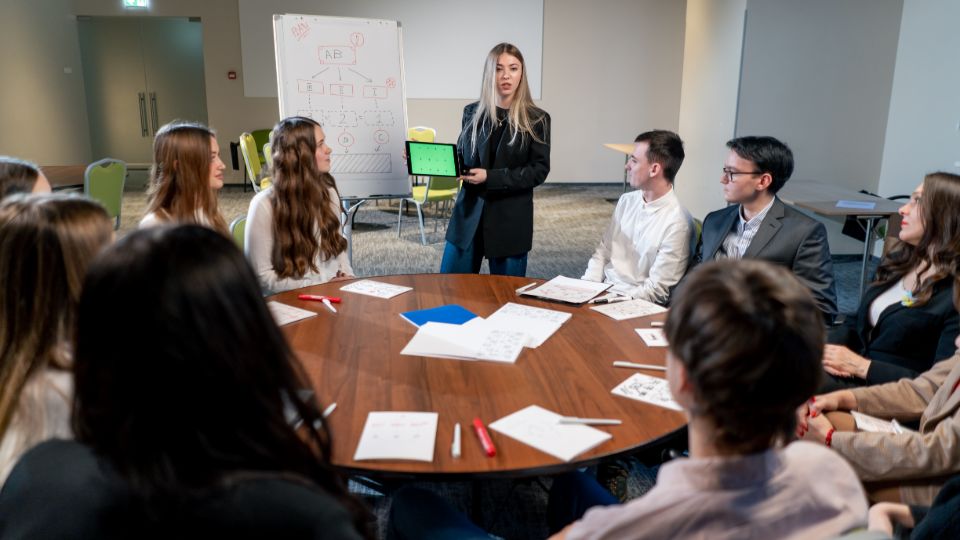Team Meeting Outline
A well-structured team meeting outline is crucial for ensuring productive discussions and effective collaboration. With a clear agenda, teams can focus on their objectives, leading to a more efficient use of time and resources.
At Vabro, we understand the importance of effective meetings in fostering teamwork and driving results. Our approach to team meetings emphasizes clarity and engagement. Here’s a simple outline to help streamline your meetings and maximize their impact:
1. Meeting Details
Start by specifying the date, time, and location of the meeting, whether it’s in-person or virtual. Clearly stating the meeting’s duration helps attendees manage their schedules.
2. Purpose of the Meeting
Define the main objectives upfront. At Vabro, we encourage teams to establish specific goals for each meeting, such as reviewing project updates or brainstorming solutions to challenges.
3. Attendees
List all participants to ensure that relevant team members are included. This helps attendees prepare and know who to expect.
4. Agenda Items
- Welcome and Introductions (5 minutes): Begin with a warm welcome and brief introductions, especially if there are new members.
- Review Previous Meeting Minutes (10 minutes): Summarize key points and outstanding action items from the last meeting.
- Project Updates (15–20 minutes): Allow team members to share updates on their responsibilities, celebrate successes, and address challenges.
- Discussion Topics (20–30 minutes): Focus on specific issues requiring group input, such as problem-solving or decision-making.
- Action Items (10–15 minutes): Clearly outline next steps, specifying who is responsible for what and establishing deadlines.
5. Open Floor (10 minutes)
Provide an opportunity for team members to raise additional topics or concerns, promoting an inclusive environment.
6. Closing (5 minutes)
Wrap up by summarizing key takeaways and confirming the date and time for the next meeting.
By using this outline, Vabro teams can conduct effective meetings that drive engagement and accountability. With a clear structure in place, team members can focus on what truly matters, enhancing collaboration and productivity across the board.
